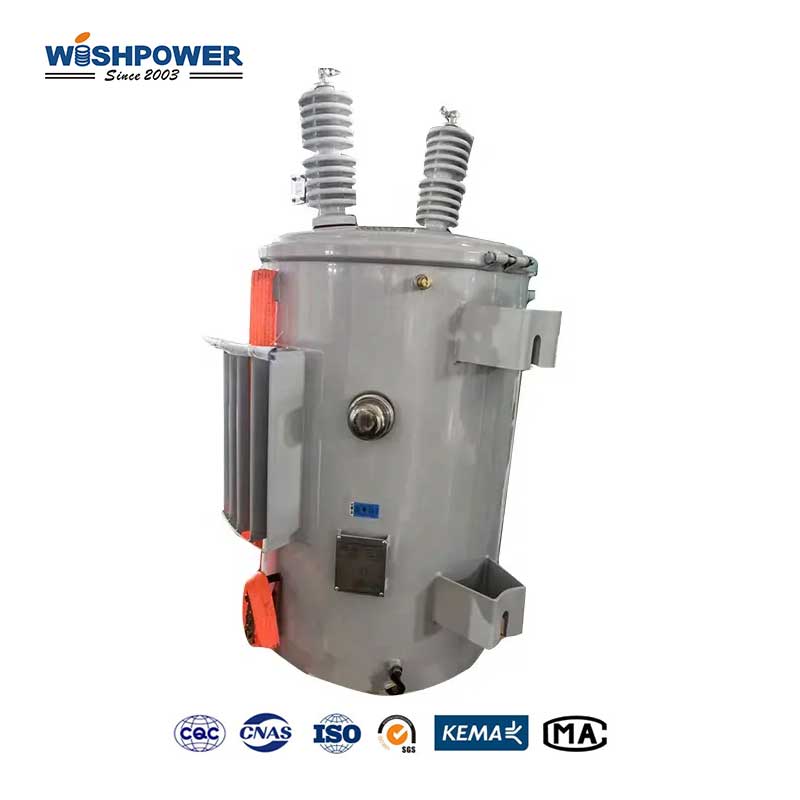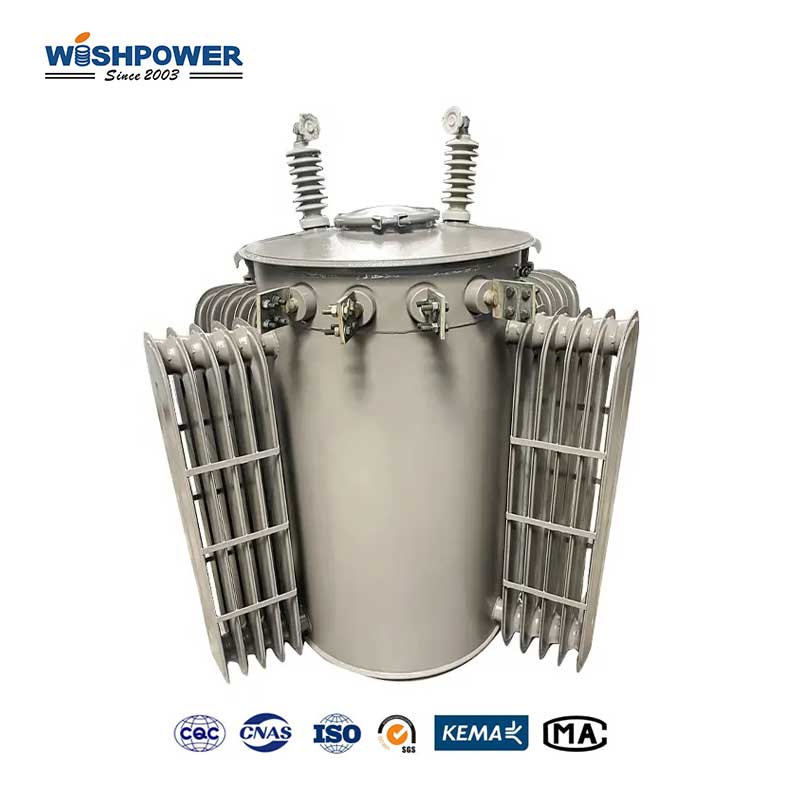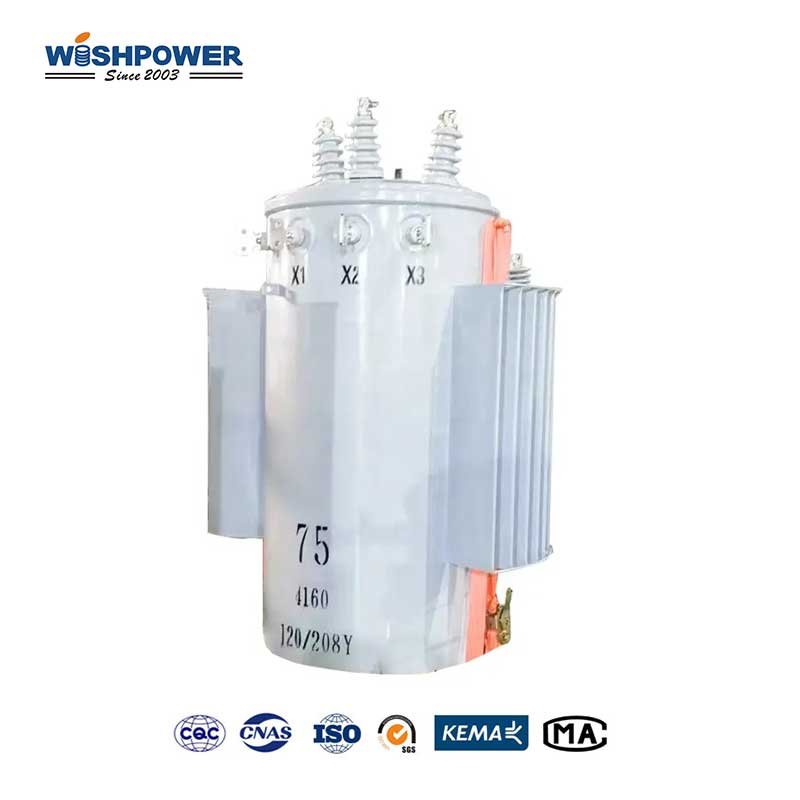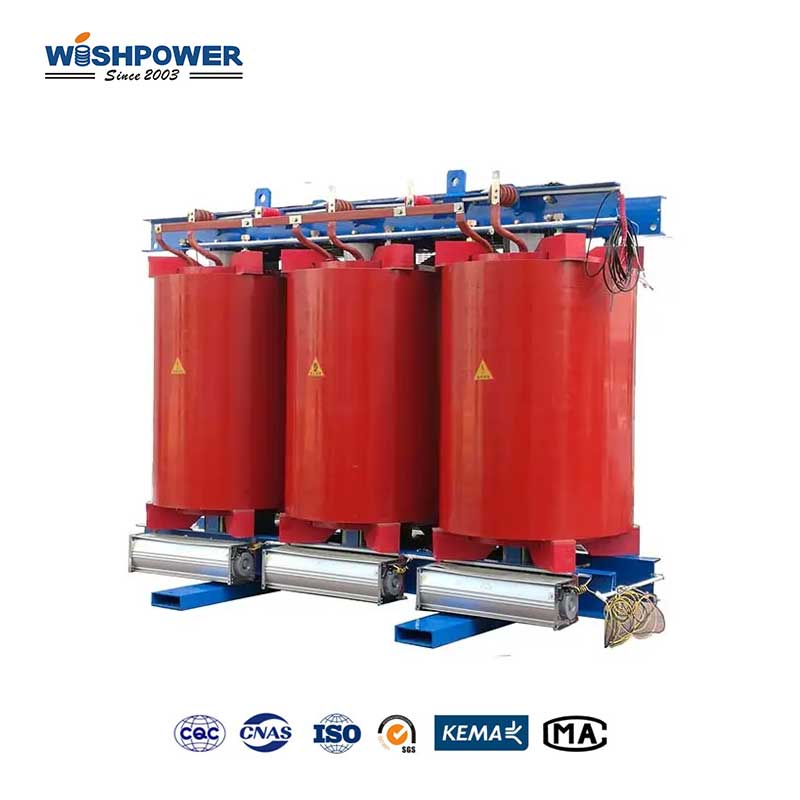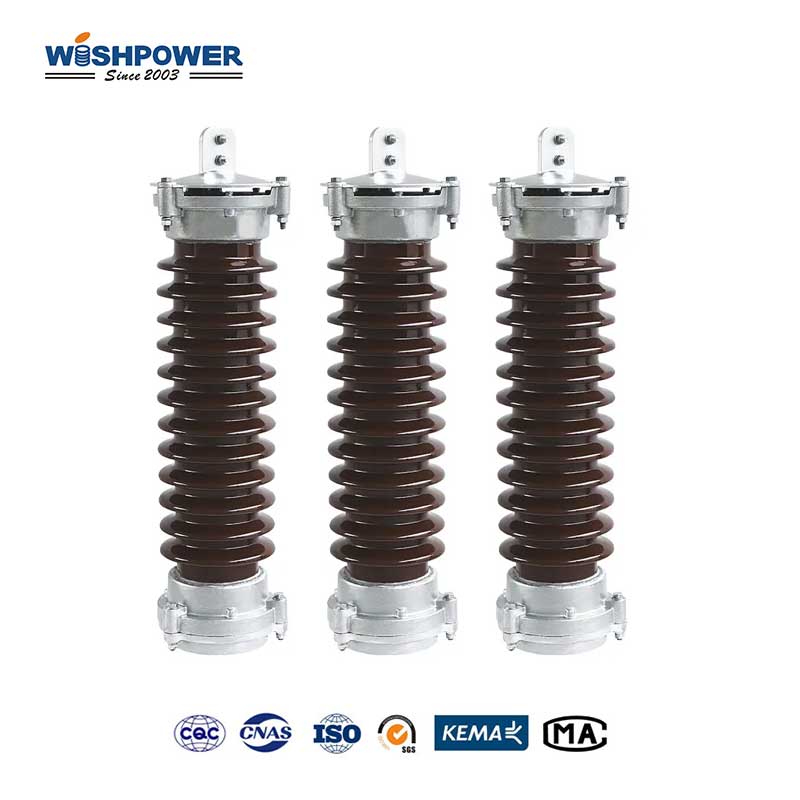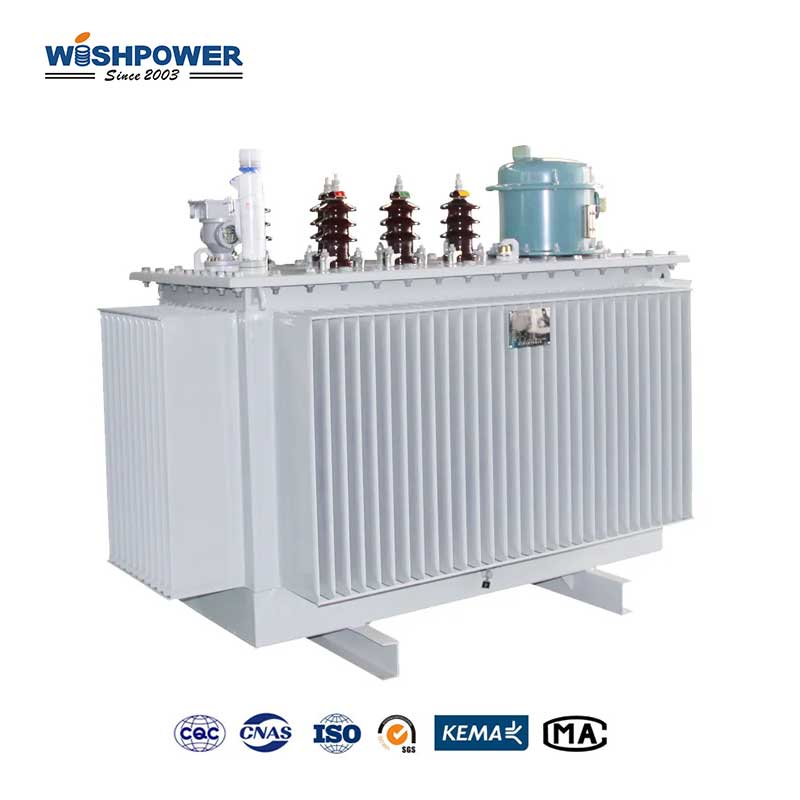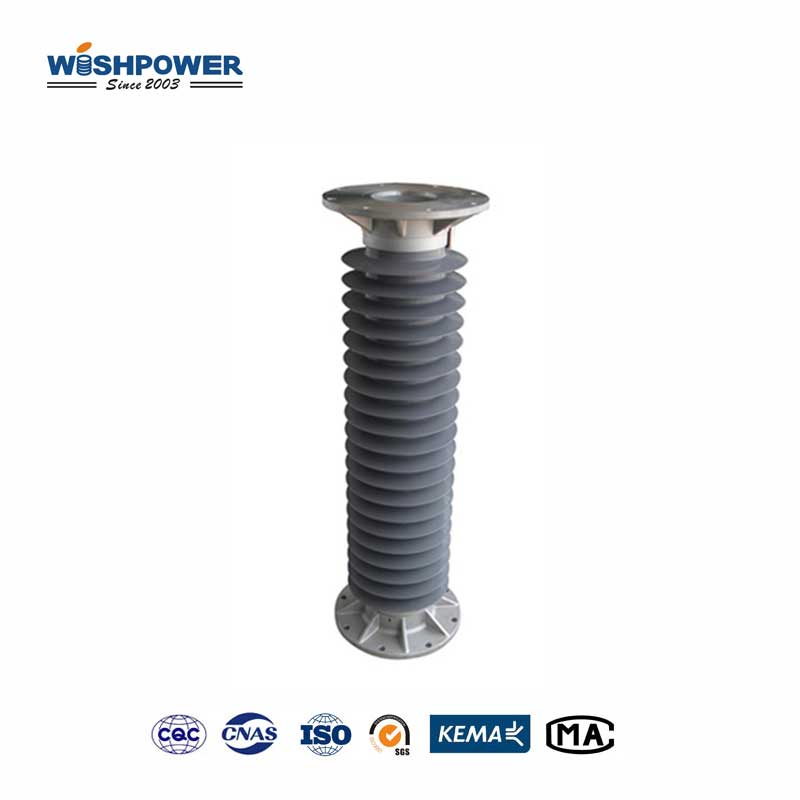Specification
| Rated power(KVA) |
5 |
10 |
15 |
20 |
25 |
30 |
50 |
63 |
80 |
100 |
125 |
160 |
| High Voltage |
11 10.5 10 6.3 6 |
| H.V. Tap range |
±5% ±2×2.5% |
| Low Voltage |
0.22 0.23 0.24 |
| Short-Circuit Impedance(%) |
4 |
| No-load loss(W) |
40 |
45 |
53 |
62 |
70 |
80 |
120 |
135 |
160 |
190 |
220 |
260 |
| Load loss(W) |
215 |
235 |
315 |
405 |
480 |
560 |
855 |
1020 |
1260 |
1485 |
1755 |
2050 |
| No load current(%) |
3.2 |
2.8 |
2.8 |
2.8 |
2.8 |
2.8 |
2.3 |
2.1 |
2 |
1.9 |
1.8 |
1.6 |
The table above is just one of our product parameters. If you want more information, please get in touch with info@wishpower.net
What is the Oil Immersed Type Transformer?
The Oil Immersed Type Transformer is a transformer having a core and windings immersed in insulating oil. This oil serves a dual purpose: it serves as a form of electrical insulation and helps to dissipate the heat produced by transformer operation. Either naturally or forced by circulation, the oil chills the transformer and keeps it operating at its optimal temperature. Highly efficient as a high voltage transformer application for power distribution systems. It offers good insulation between the electrical components stopping arcing or other faults as well as protecting the transformer from external contaminants such as dust and moisture, and extending the life of the transformer. The oil is housed in usually sealed tanks to prevent leaks and maintain a pure oil. These are used in large-scale power networks, as well as in industrial environments, because they are effective at cooling, and insulating and are durable over long periods.
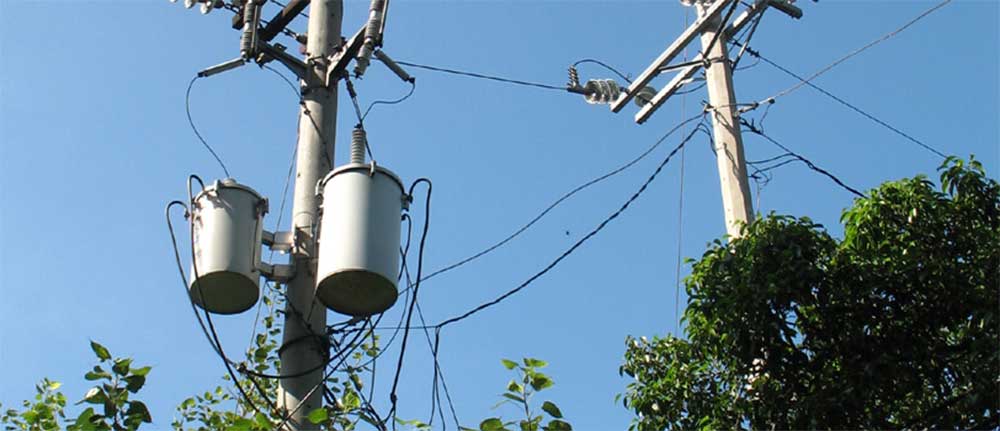
Functions of transformer oil
The oil inside a liquid-filled transformer serves two primary functions: insulation and cooling. The oil acts as an insulating medium separating the internal components such as windings and core from each other, by electrification isolation thereby eliminating short circuits and electrical faults, hence electrically isolating. It’s important this in the safe operation of the transformer under high voltage conditions. In terms of cooling the oil carries the heat generated from the electrical flows of the transformer. Next, passing either naturally, or through some forced means, the heat is carried away from important components so that the transformer works within a safe temperature envelope. Protection of transformer from thermal stress prolongs its life and prevents overheating, by this producing process.
Working Principle
The oil-filled transformer is based on electromagnetic induction. If the transformer’s primary winding is passing through, an alternating current (AC) will generate a magnetic field in the transformer’s core. The magnetic field is induced and transferred as a voltage from the primary side to the secondary side of a secondary winding. Oil oil-soaked by the transformer’s core and windings offers insulation and cooling. It is through the windings that as the electrical current flows some heat is generated. This heats the oil and it circulates to dissipate it either naturally, or by way of forced cooling, keeping the oil working as efficiently as possible without overheating. According to its design, it steps up or steps down the voltage. When voltage is increased, it happens in a step-up transformer, secondary winding has more turns. A step-down transformer converts the voltage; the primary has more turns so less voltage. During its operation, the oil provides electrical insulation, and temperature regulation and makes the system safe and reliable for power transmission.
Oil Transformer Testing
- Dielectric Breakdown Voltage Test
It measures the oil’s potential to withstand electrical stress before breaking down. Higher breakdown voltage says better insulation, lower break does mean contamination or moisture in oil.
- Dissolved Gas Analysis (DGA)
Gases that are byproducts of electrical and thermal stress are detected by DGA tests and dissolved in the transformer oil. Gases such as hydrogen, methane, and ethylene can be present and can imply overheating, arcing, or partial discharges within the transformer.
- Water Content Test (Moisture Content)
The insulating properties of the oil can be severely affected by moisture. The amount of oil in the water is measured by this test. The dielectric strength of the oil is reduced by high moisture levels and may result in insulation failure.
- Interfacial Tension (IFT)
This IFT is the measure of the oil’s capacity to resist contamination from water and other impurities. The IFT value gets a lower number, which indicates the degradation of the oil, perhaps oxidation or contamination.
- Neutralization Number Test
An acidic compound test quantifies the amount of acidic compounds in the oil. Acidity that is too high can allow a sludge to form in the oil, which can clog cooling pathways, and it can reduce the oil’s insulating properties. It’s a sign of oil degradation by oxidation.
- Furan Analysis
When the transformer’s paper insulation breaks down furan compounds are generated. Furan analysis is used to further estimate the remaining oil-based transformer life and indicates the condition of the paper insulation.
- Dissipation factor Test or Power Factor test
The dielectric losses of oil are evaluated by this test. A higher power factor suggests more losses and points to oil with impurities or deteriorating oil.
- Color and Visual Inspection
If the oil darkens (appears cloudy) it may indicate degradation or contamination. This test is basic but can show early oil trouble signs.
Certificate

Factory

Hot Tags: Oil Immersed Type Transformer, transformer, China, manufacturers, ISO factory, wholesale, KEMA, high quantity, best, price, low to high voltage






